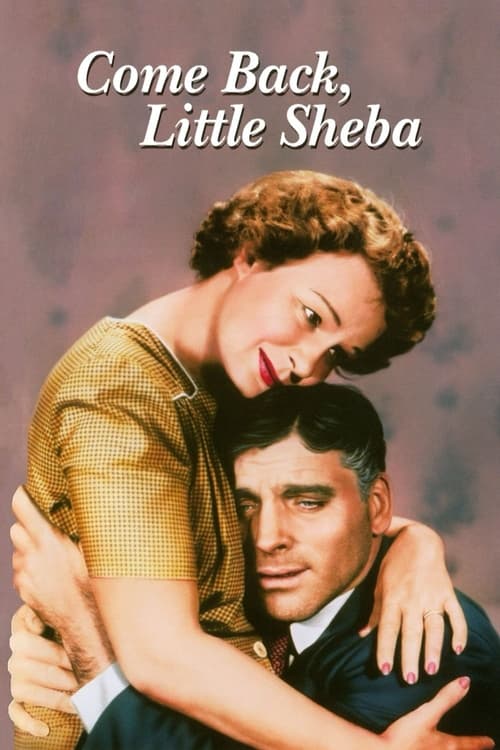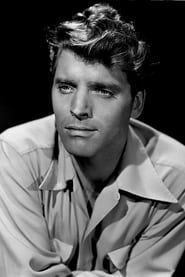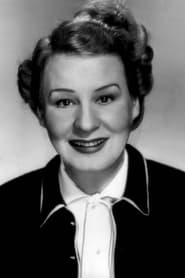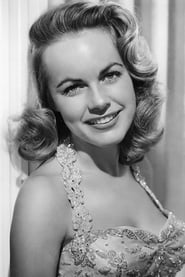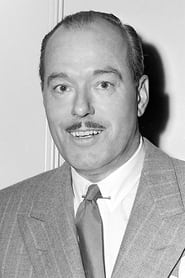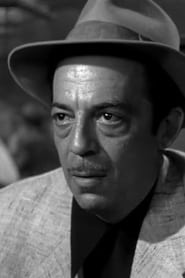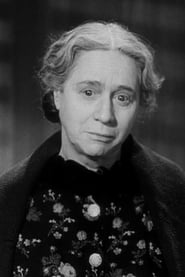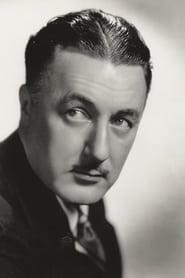Cast
View AllBurt Lancaster
as Doc Delaney
Shirley Booth
as Lola Delaney
Terry Moore
as Marie Buckholder
Richard Jaeckel
as Turk Fisher
Philip Ober
as Ed Anderson
Edwin Max
as Elmo Huston
Lisa Golm
as Mrs. Coffman
Walter Kelley
as Bruce Cunningham
Virginia Hall
as Blonde
Paul McVey
as Postman
Virginia Mullen
as Henrietta Colby
Beverly Mook
as Judy Coffman
Kitty McHugh
as Pearl Stinson
Crew
Director
- Daniel Mann
Producer
- Hal B. Wallis
Reviews
CinemaSerf
I'd never heard of this film until I stumbled upon it today, and boy - what a stumble. Shirley Booth turns in one of the most intense performances I have ever seen. "Lola" is married to recovering alcoholic "Doc" (Burt Lancaster) and they live a meticulously ordered life with her the housewife and he at the hospital. As the story transpires, we learn a little more of what has driven them to their current scenario whilst she yearns for companionship. To that end she rents out their spare room to student "Marie" (Terry Moore). Initially, "Doc" isn't sure, but he takes a shine to the girl - if not to her all-American boyfriend "Turk" (Richard Jaeckel). She seems set on him, though, and as his paternal concern for her choices starts to mount his need for that lone bottle sitting in the cupboard starts to mount too! It's only really in the last fifteen minutes that the story all falls into place and we realise just why both of these characters are as they are. Lancaster plays his role in a measured and entirely convincing fashion as he foils the almost perfect effort from an entirely convincing Booth who elicits sympathy and exasperation in almost equal measure. What's also quite effective here is that the story isn't full of contrived pitfalls and disasters. It's a story of humanity with it's roots in a plausible scenario (of the time, anyway) that has provided these two, perhaps despite themselves, with a true and lasting affection. It's much more of a drama than a romance, and really is worth an hour and half of your time.
May 8, 2024
Thematic Analysis
As a dramatic work, Come Back, Little Sheba examines complex human relationships and emotional struggles against the backdrop of a period setting that reflects societal issues of its time. The character development particularly stands out, offering viewers a chance to reflect on their own life journeys.
Director Daniel Mann brings their distinctive visual style to this film, continuing their exploration of themes seen in their previous works while adding new elements. Their approach to character development and emotional depth creates a viewing experience that rewards close attention.
Released in 1952, the film exists within a cultural context that now offers viewers historical perspective on the social issues of that era. Its critical acclaim reflects its artistic achievements and its place in cinema history.
Did You Know?
- The production of Come Back, Little Sheba took approximately 3 months from pre-production to final cut.
- The final cut of the film runs for 96 minutes, though the director's initial assembly was reportedly 144 minutes long.
- Some visual effects sequences took up to 9 months to complete.
- The screenplay went through 14 major revisions before the final shooting script was approved.
- The costume department created over 254 unique costume pieces for the production.
Historical Context
- In 1952, when this film was released:
- The Cold War was intensifying, influencing global politics and culture.
- The civil rights movement was gaining momentum in the United States.
- The film industry was dominated by major studios, with independent cinema still in its early development.
How This Film Stands Out
While Come Back, Little Sheba shares thematic elements with other films in its genre, it distinguishes itself through its unique approach to storytelling, visual style, and character development.
Unlike The Wars of the Roses, which focuses more on action than character development, Come Back, Little Sheba subverts genre expectations by exploring its themes with greater nuance.
While films like Six Characters in Search of An Author and Divine Secrets of the Ya-Ya Sisterhood explore similar territory, Come Back, Little Sheba stands apart through its distinctive directorial vision and pacing.
This film's unique contribution to cinema lies in its bold artistic choices and willingness to challenge viewer expectations, making it a valuable addition to its genre.
Details
- Release Date: December 24, 1952
- Runtime: 1h 36m


